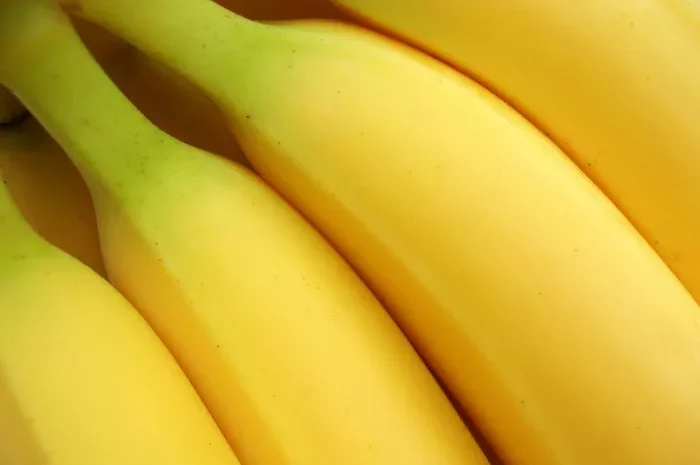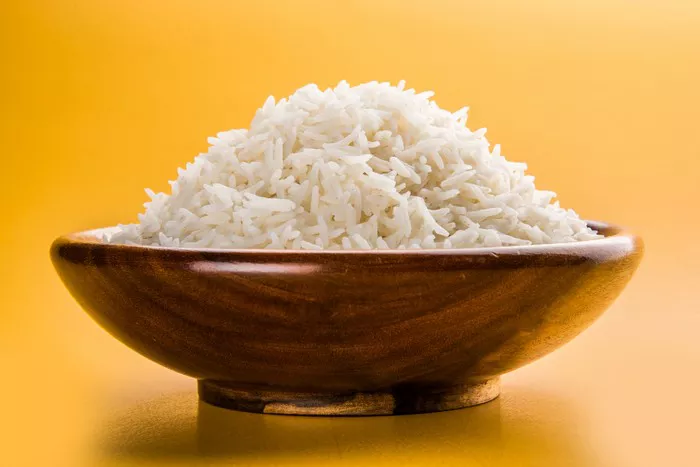Bananas, revered for their natural sweetness and versatility, have become a staple in many diets around the world. While their carbohydrate content raises questions among individuals managing diabetes, understanding the intricate science behind cooked bananas and their impact on blood sugar levels is crucial.
In this comprehensive exploration, we delve into the molecular properties of bananas, the formation of resistant starch, and the emerging research on their potential benefits for individuals with diabetes.
The Complexity of Bananas
Bananas, like many fruits, contain complex carbohydrates in the form of starch, which comprises amylose and amylopectin molecules. When bananas ripen, enzymes such as amylase break down these starches into simpler sugars like glucose, fructose, and sucrose, contributing to their sweet taste. However, the story doesn’t end here.
Resistant Starch: A Closer Look
The cooking process introduces a fascinating phenomenon: the formation of resistant starch. Resistant starch, as the name suggests, resists digestion in the small intestine, reaching the colon intact. There, it serves as fuel for beneficial gut bacteria, leading to the production of short-chain fatty acids—a process known as fermentation.
Resistant starch comes in various forms, classified into five types based on its physical structure and digestibility:
RS1: Physically inaccessible starch, such as that found in whole grains and seeds.
RS2: Granular starch with a resistant crystalline structure, found in raw potatoes and green bananas.
RS3: Retrograded starch formed through cooking and cooling, prevalent in cooked and cooled potatoes, pasta, and yes, cooked bananas.
RS4: Chemically modified starches, often added to processed foods as a functional ingredient.
RS5: Starch bound within indigestible plant cell walls, such as in legumes and grains.
Glycemic Response and Metabolic Effects
Research on the glycemic response to cooked bananas is a burgeoning field. Studies have shown that cooked and cooled bananas, rich in resistant starch, elicit a blunted postprandial blood glucose response compared to their raw counterparts. This phenomenon is attributed to the slower digestion and absorption of carbohydrates, mediated by the presence of resistant starch and dietary fiber.
Furthermore, the fermentation of resistant starch in the colon produces short-chain fatty acids, such as butyrate, acetate, and propionate. These fatty acids exert various metabolic effects, including improving insulin sensitivity, reducing inflammation, and enhancing satiety—all of which are beneficial for individuals with diabetes.
Micronutrients and Phytochemicals
Beyond their carbohydrate and fiber content, bananas boast an array of essential nutrients and bioactive compounds. Potassium, a mineral abundant in bananas, plays a pivotal role in regulating blood pressure and fluid balance. Additionally, bananas contain vitamin C, antioxidants, and phytochemicals like dopamine and serotonin, which contribute to their antioxidant and anti-inflammatory properties.
Emerging research suggests that these bioactive compounds may modulate insulin signaling pathways, improve endothelial function, and protect pancreatic beta cells from oxidative stress—a promising avenue for diabetes management and prevention of complications.
Practical Recommendations for Incorporation
Incorporating cooked bananas into a diabetes-friendly diet requires thoughtful consideration. Opt for ripe bananas with brown speckles, as they contain higher levels of simple sugars and are easier to digest. Cooking methods such as boiling, steaming, or baking can enhance the flavor and digestibility of bananas while preserving their nutritional integrity.
Pair cooked bananas with sources of protein or healthy fats, such as Greek yogurt, nuts, or coconut flakes, to balance their glycemic impact and promote satiety. Experiment with recipes like banana oatmeal cookies, grilled banana skewers, or roasted banana ice cream for delicious and nutritious ways to enjoy cooked bananas.
Conclusion
In conclusion, cooked bananas, with their unique blend of resistant starch, fiber, and essential nutrients, offer a promising avenue for individuals with diabetes seeking to manage their blood sugar levels and improve metabolic health. By understanding the science behind cooked bananas and incorporating them mindfully into a balanced diet, individuals with diabetes can harness their potential benefits while savoring their delightful taste and texture. As with any dietary change, consulting a healthcare professional or registered dietitian is recommended to tailor recommendations to individual needs and preferences.

























